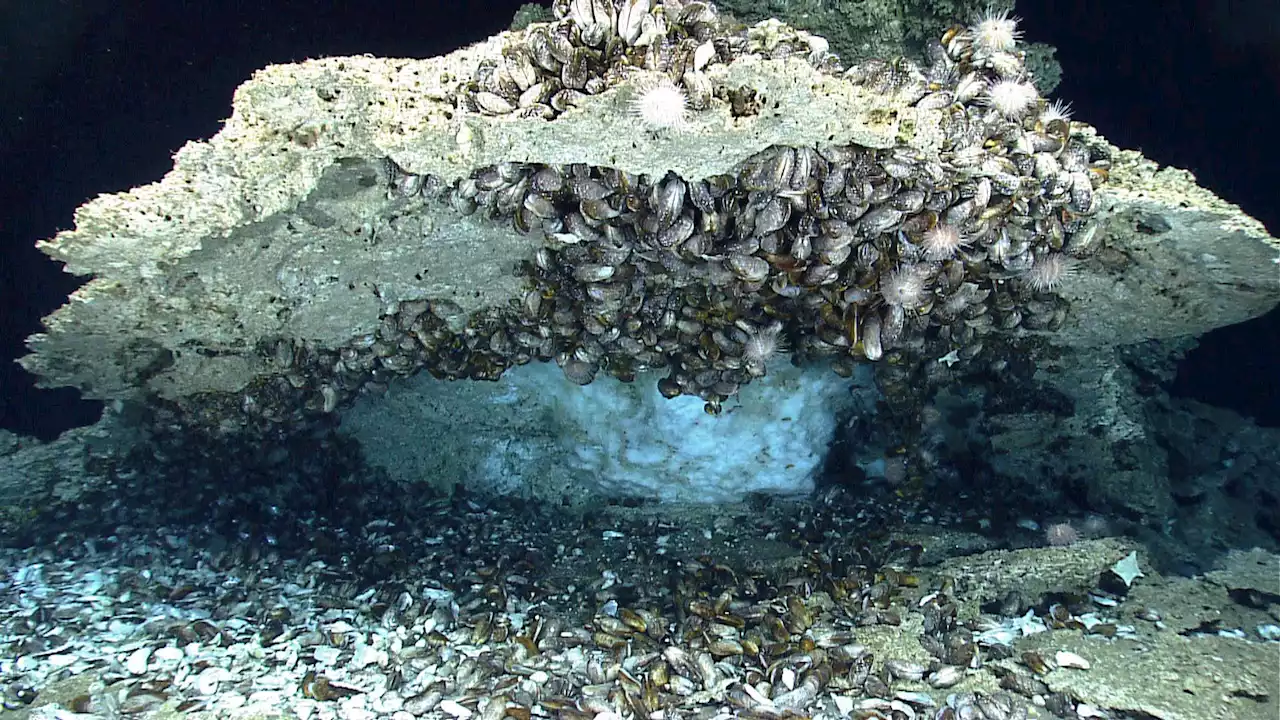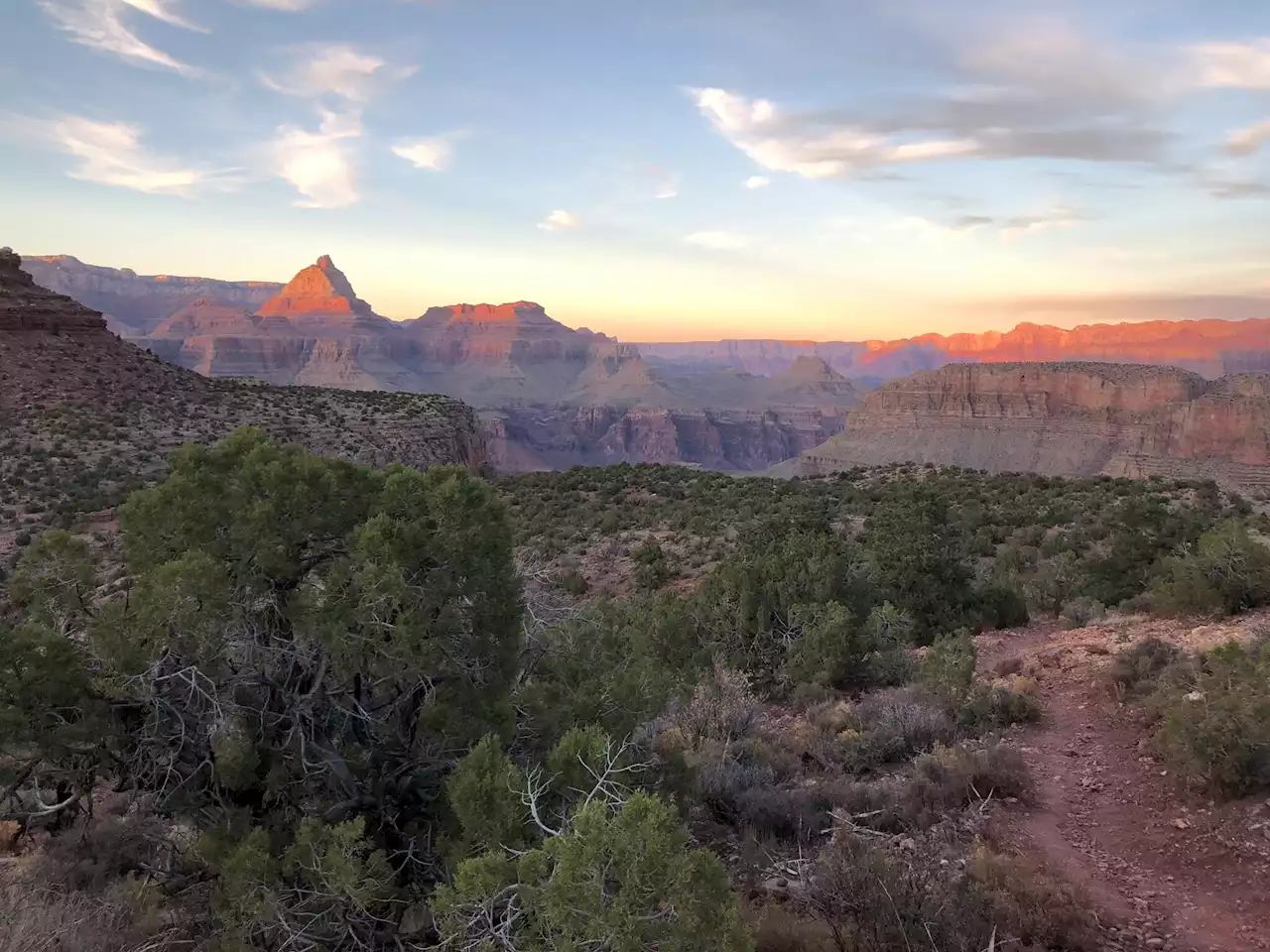Studying prehistoric production processes of birch bark tar using computational modelling reveals what kinds of cognition were required for the materials produced by Neanderthal and early modern humans.
Researchers of Team Langejans in the Materials Science and Engineering department recently published two papers on one of the world's oldest transformative technologies, publishing their findings inBirch bark tar is the first time we see evidence of creating a new material, said Dr. Paul Kozowyk, lead author on one of the papers. Examining the methods used to create the tar is an important step in understanding the behaviours and technical cognition required by the Neanderthals.
Scientists have, for the first time, identified the use of birch bark tar in medieval England -- the use of which was previously thought to be limited to ... By studying artefacts that date back to the first 6 centuries AD through the lens of chemistry, archaeology, and textual analysis, researchers have discovered birch tar was being used right up to ...
Neanderthals are often depicted as having straight spines and poor posture. However, these prehistoric humans were more similar to us than many assume. Researchers have shown that Neanderthals walked ...
United States Latest News, United States Headlines
Similar News:You can also read news stories similar to this one that we have collected from other news sources.
 Studying methane clathrates may enhance search for alien lifeMethane clathrates usually develop in high-pressure settings. And are found mostly in frozen polar areas and on the ocean floor.
Studying methane clathrates may enhance search for alien lifeMethane clathrates usually develop in high-pressure settings. And are found mostly in frozen polar areas and on the ocean floor.
Read more »
Indianapolis Prize Gala recognizes animal conservationistsPablo Borboroglu was this year's winner for his work studying penguins across four continents over the past three decades.
Read more »
 Insights into early snake evolution through brain analysisRecent study sheds new light on the enigmatic early evolution of snakes by examining an unexpected source: their brains. The results emphasize the significance of studying both the soft parts of animals’ bodies and their bones for understanding how animals evolved.
Insights into early snake evolution through brain analysisRecent study sheds new light on the enigmatic early evolution of snakes by examining an unexpected source: their brains. The results emphasize the significance of studying both the soft parts of animals’ bodies and their bones for understanding how animals evolved.
Read more »
 Scientists investigate Grand Canyon's ancient past to predict future climate impactsThe Grand Canyon's valleys and millions of years of rock layers spanning Earth's history have earned it a designation as one of the Seven Natural Wonders of the World. But, according to a new UNLV study, its marvels extend to vast cave systems that lie beneath the surface, which just might hold clues to better understand the future of climate change—by studying nature's past.
Scientists investigate Grand Canyon's ancient past to predict future climate impactsThe Grand Canyon's valleys and millions of years of rock layers spanning Earth's history have earned it a designation as one of the Seven Natural Wonders of the World. But, according to a new UNLV study, its marvels extend to vast cave systems that lie beneath the surface, which just might hold clues to better understand the future of climate change—by studying nature's past.
Read more »
 Skin Sensation Science Unmasked: Why Do Faces Feel “Tight” After Being Washed?New research unravels the science behind skin sensations from cleansers and moisturizers. By studying skin layers, neural pathways, and user feedback, scientists provide a comprehensive understanding of the biomechanical processes that lead to these subjective experiences. Many have experienced t
Skin Sensation Science Unmasked: Why Do Faces Feel “Tight” After Being Washed?New research unravels the science behind skin sensations from cleansers and moisturizers. By studying skin layers, neural pathways, and user feedback, scientists provide a comprehensive understanding of the biomechanical processes that lead to these subjective experiences. Many have experienced t
Read more »
